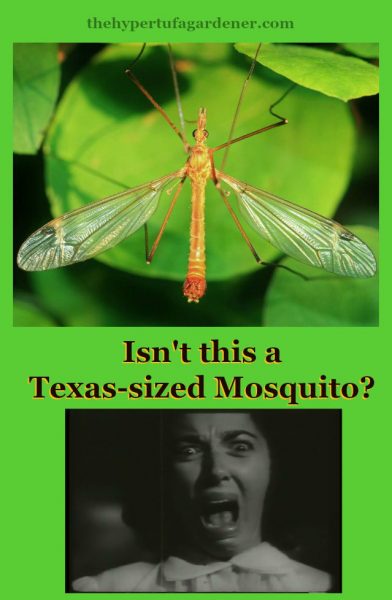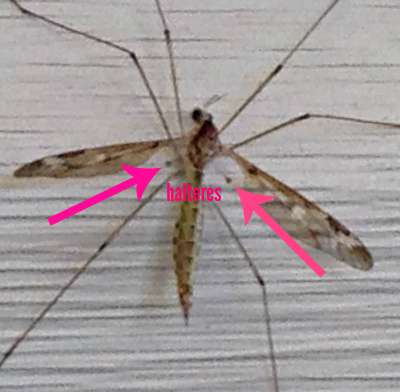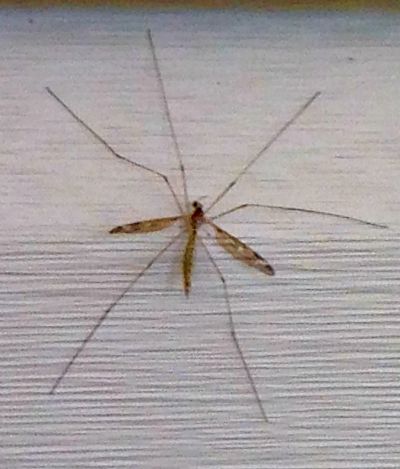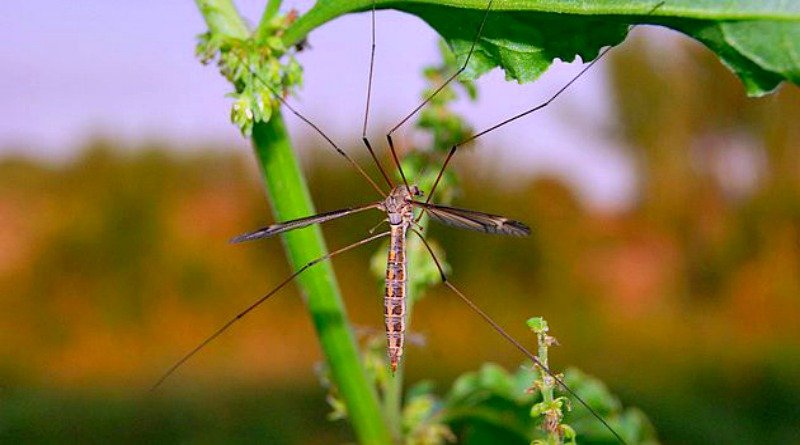A Texas-Sized Mosquito? No, A Crane Fly
Have you seen a Texas-sized Mosquito flying around?
I am sure if you have, you swatted and batted it away, afraid you could get a mosquito bite the size of a moon crater. And you can’t let them get the kids! One bite and they would be just one huge red bump. Imagine the itching that would cause!
But these are not mosquitoes. They are just a giant insect that is so gentle, it just flies around bumping into things and fluttering against the house or window.

These big ole Texas-sized mosquitoes aren’t even a mosquito at all! And they don’t bite or sting either. They are just a type of fly called a Crane Fly or Tipula.
Here’s a great place to identify bugs or insects – at http://www.insectidentification.org
Crane Fly or Tipula
These insects are harmless to you, and mostly flit about and hang on the wall or outside your house. Some do hang around water and can land on standing water and not sink because of fine hairs on its body.

The crane fly is attracted to lights which causes it to slip into your home at night through an open window or door. Then you will see it clumsily bumping off the wall or window as it tries to escape.
The crane fly and its larvae are also used for fishing bait. Since I don’t fish, I won’t even wonder about putting that on a hook!
Don’t be afraid of it as it bumps and dodges around trying to find a way out of these walls. It is very fragile so it is hard to capture to put it out yourself. It may even lose a leg or two as it ricochets off a lamp or chair.
Structures behind its wings called halteres which are remnants of wings modified into a kind of gyroscope-like instrument which helps them to fly.

The crane fly is one of the beneficial insects because of its larvae. These are the “babies” and they are hungry eaters who help in decomposition in our soil and garden. The larvae called “leatherjackets” eat the decaying vegetation and roots mostly staying underground. But they can sneak out in the night to eat grass, flowers and veggies or fruits.
These larvae eat constantly but when they morph into adults, they don’t eat at all as a rule. The adult crane fly just bumbles and stumbles, flying erratically until it finds a mate. After laying its eggs, it will soon die since its days are numbered, usually 2 to 15 days.
Its cousin, the housefly, is very adept at flying, unlike its clumsy cousin. But aren’t those larvae similar to the munching and gobbling maggots……..well, I think I will just skip my breakfast. That rice doesn’t look too appetizing now.
Have a great day! And gently shoo away that next Crane Fly you see. He won’t hurt you at all.




